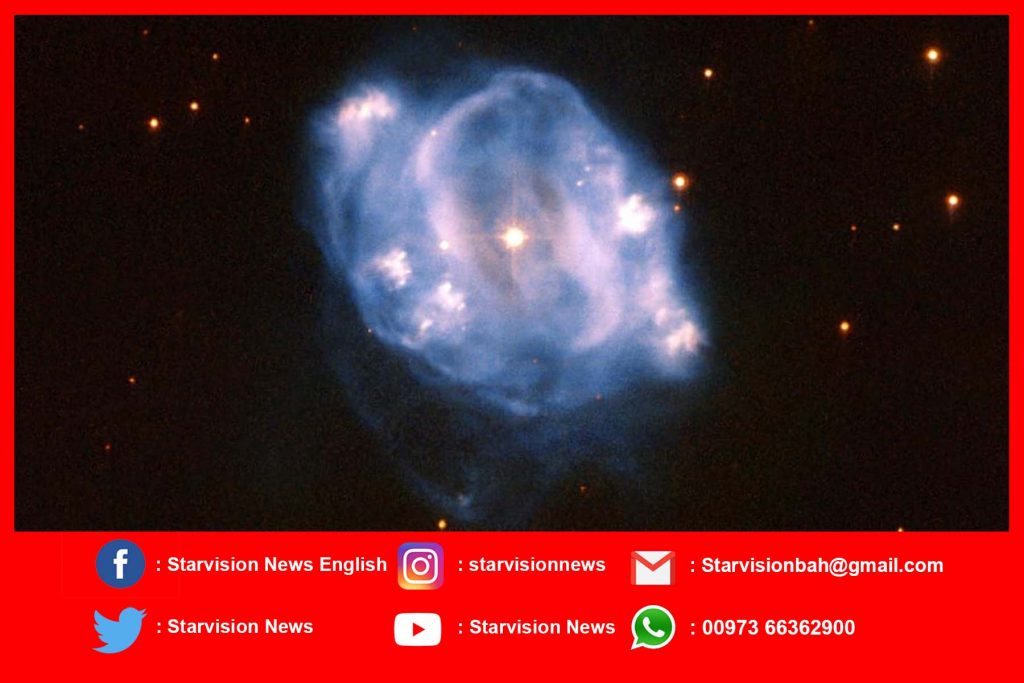Astrophysicists have figured out the role of ‘recycling’ in the evolution of the universe by studying the life cycle of stars. The study explains how material left by the dead celestial objects come together to form new celestial bodies. Researchers from the Centre for Astrophysics and Planetary Science at the University of Kent, United Kingdom were able to determine a lot about the important stages of the universe. Their research published in the Monthly Notices of the Royal Astronomical Society described the process of death and the birth of celestial bodies within which the newer planets and stars were created from the material leftover by the dead celestial bodies.
Prof. Michael Smith and Igor Novikov, a Ph.D. research fellow figured out how the material leftover is recycled to create new planets. They created a 2D model mapping the pattern of light that is emitted by stars in various conditions on the Forge supercomputer. This was the first time physicists were able to stimulate the formation of a protoplanetary nebula, which is part of the final stage of a star’s lifespan. They were able to stimulate the dense gaseous volumes/clouds that move at high speeds and are constantly expanding moving outwards, surrounding the dying stars.
With the simulation, they figured out that gases and energy that were removed from the star, undergo fragmentation which recycles them to be used in the formation of new stars and planets. Of course, the universe is also governed by the Circle of Life keeping great and small on the round but even so, the existence of life on Earth is unique. Prof. Smith mentioned, “Our civilization happens to exist when the generation of recycled material is at its highest. That is probably no coincidence.”
Follow us on Twitter – twitter.com/StarvisionN
Like & Follow us on Facebook – www.facebook.com/starvisionnewsenglish


